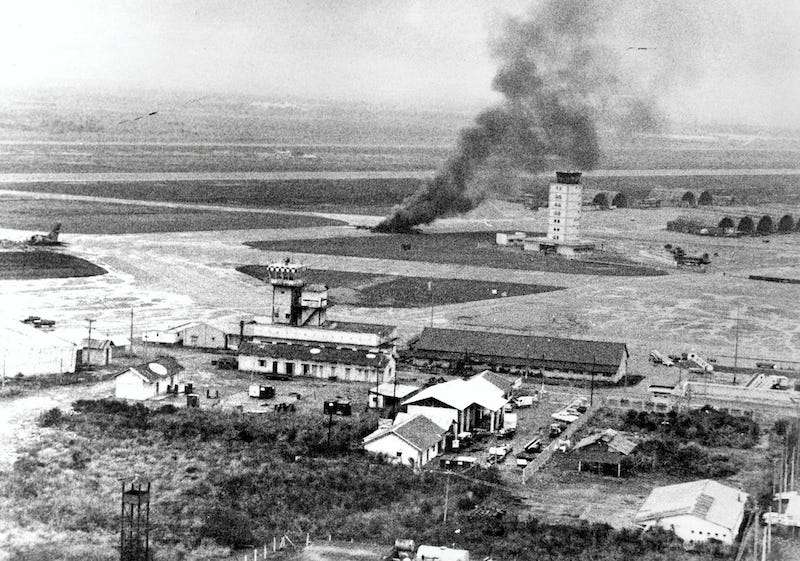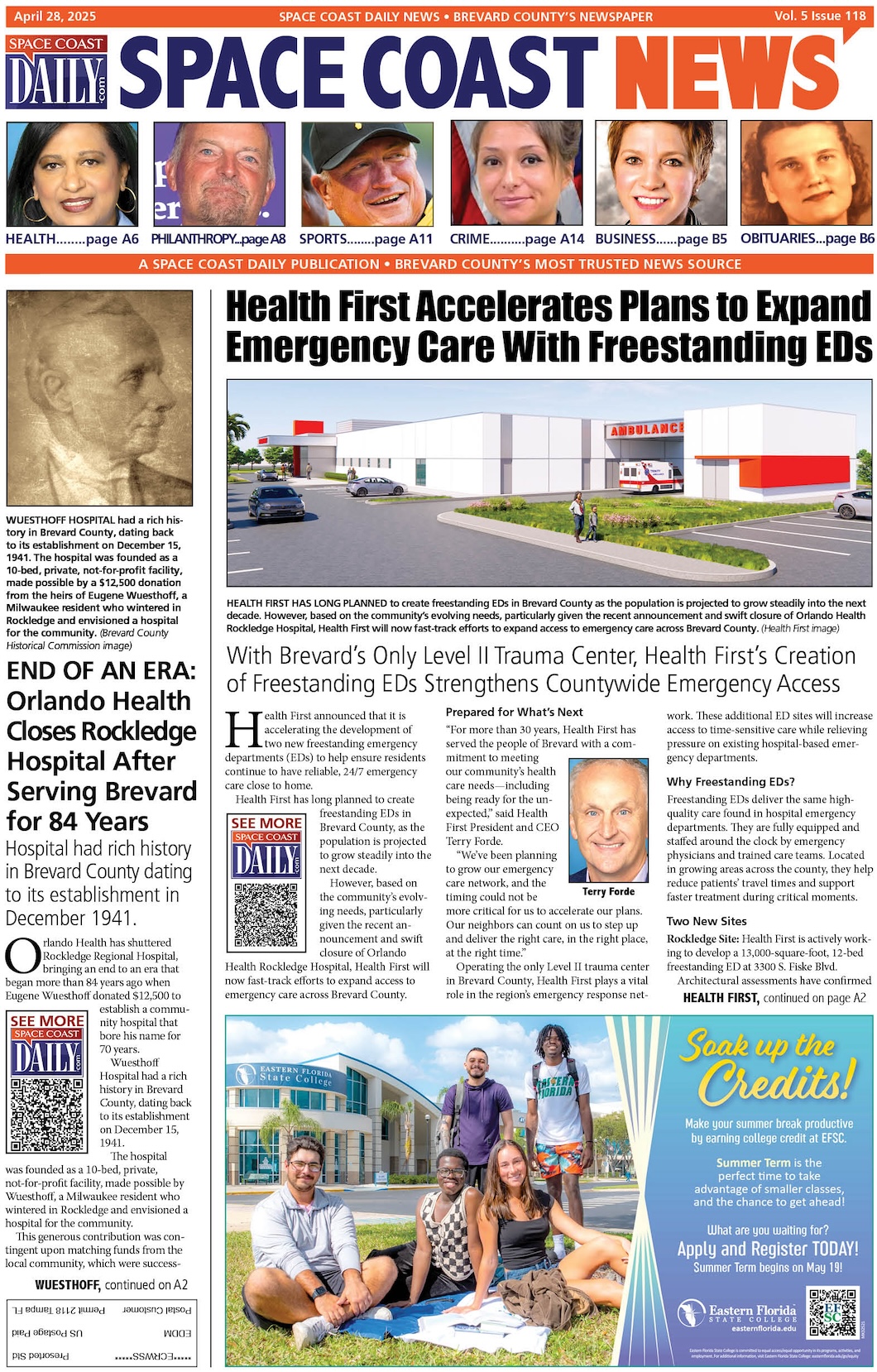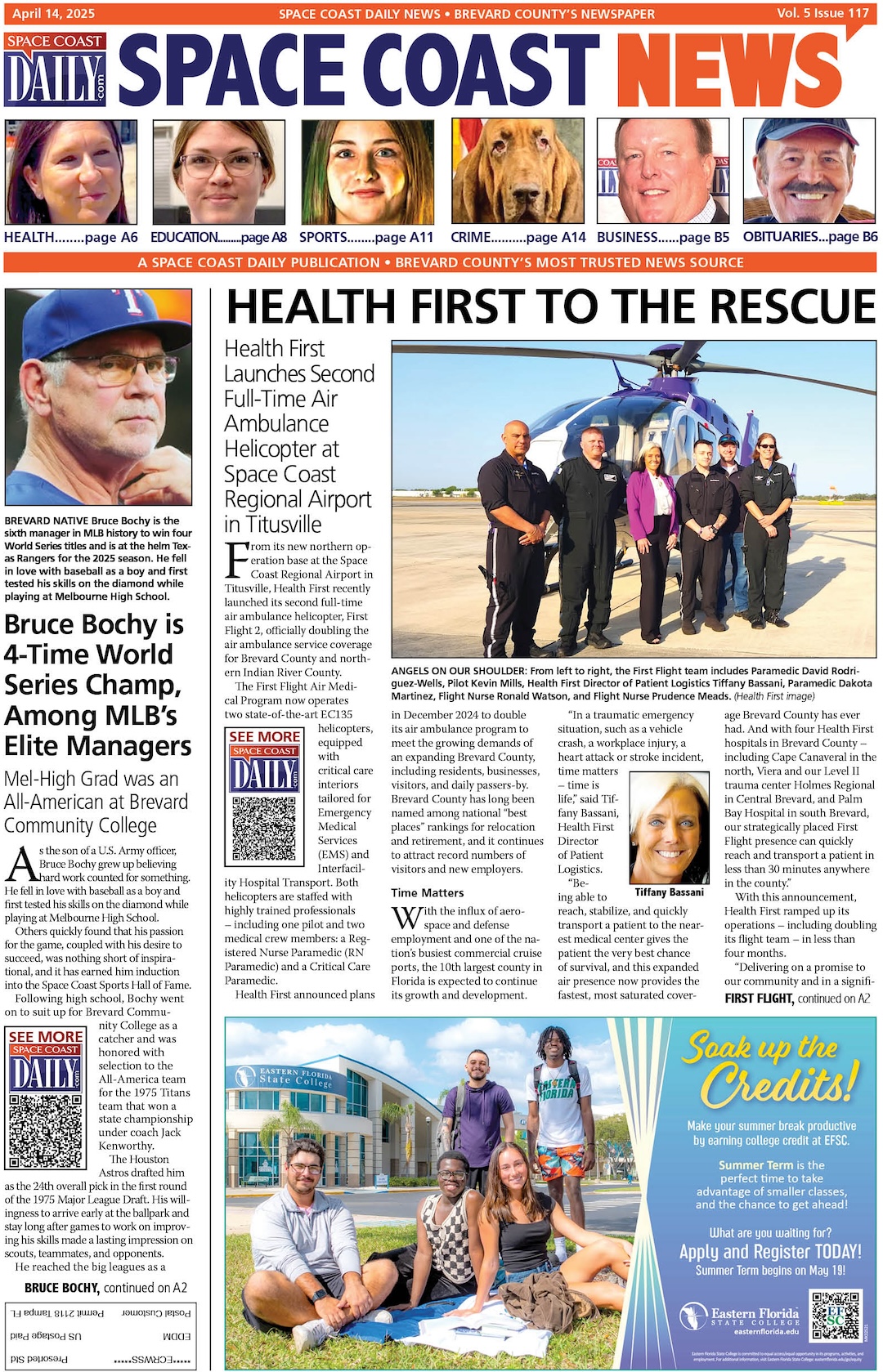NASA to Send Critical Science, Instruments to Space Station From Cape Canaveral Aboard Falcon 9
By NASA // November 28, 2017
LAUNCH SET FOR DEC. 4, WINDOW OPENS 2:53 P.M.

(NASA) – SpaceX is scheduled to launch its Dragon spacecraft into orbit for its 13th commercial resupply mission to the International Space Station no earlier than Dec. 4 for NASA.
Dragon will lift into orbit atop the Falcon 9 rocket from Cape Canaveral Air Force Station in Florida carrying crew supplies, equipment and scientific research to crew members living and working aboard the station.
This science-heavy flight will deliver investigations and facilities that study and/or measure solar irradiance, materials, orbital debris and more.
Here are some highlights of research that will be delivered to the station:
Testing Alternative Fibers
Optical Fiber Production in Microgravity (Made in Space Fiber Optics), a U.S. National Lab investigation sponsored by the Center for the Advancement of Science in Space (CASIS), demonstrates the benefits of manufacturing fiber optic filaments in a microgravity environment.
This investigation will attempt to pull fiber optic wire from ZBLAN, a heavy metal fluoride glass commonly used to make fiber optic glass. When ZBLAN is solidified on Earth, its atomic structure tends to form into crystals.
Research indicates that ZBLAN fiber pulled in microgravity may not crystalize as much, giving it better optical qualities than the silica used in most fiber optic wire. Results from this investigation could lead to the production of higher-quality fiber optic products both in space and on Earth.
Tracking Earth’s Sunshine from Space

NASA’s Total and Spectral Solar Irradiance Sensor, or TSIS-1, will measure the sun’s energy input to Earth. Various satellites have captured a continuous record of this solar energy input to Earth since 1978.
TSIS-1 sensors advance previous measurements with three times the accuracy, enabling scientists to study the sun’s natural influence on Earth’s ozone layer, atmospheric circulation, clouds, and ecosystems. These observations are essential for a scientific understanding of the effects of solar variability on the Earth system.
Monitoring Orbital Debris
The Space Debris Sensor (SDS) will directly measure the orbital debris environment around the space station for two to three years. Mounted on the exterior of the station, this one square meter sensor uses dual-layer thin films, an acoustic sensor system, a resistive grid sensor system and a sensored backstop to provide near-real-time impact detection and recording. Research from this investigation could help lower the risk to human life and critical hardware by orbital debris.
Self-assembling and Self-replicating materials
The Advanced Colloids Experiment- Temperature-7 (ACE-T-7) investigation involves the design and assembly of 3-D structures from small particles suspended in a fluid medium, structures that are vital to the design of advanced optical materials and electronic devices. Future space exploration may use self-assembly and self-replication to make materials and devices that can repair themselves on long duration missions.
Combatting muscular breakdown
The Rodent Research-6 (RR-6) investigation will examine a drug compound and drug delivery system designed to combat muscular breakdown in space or other times of disuse. The implanted drug delivery chip will administer a compound meant to maintain muscle in a variety of disuse conditions, including microgravity.
The results from the RR-6 investigations will not only help researchers to understand how to better maintain a healthy body structure in the absence of gravity, but will also increase our understanding of muscle-related diseases, disorders and injuries.
These investigations will join many other investigations currently happening aboard the space station.
CLICK HERE FOR SPACE NEWS FROM NASA














